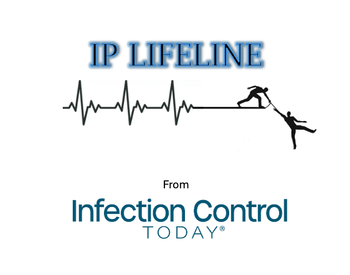
Infection Control Today - 07/2004: GLOVES
GLOVES
The Right Choice for the BestProtection
To healthcare professionals, thetrue relevance of testing is whether a glove is protective in-use. For example,how well will the glove respond to a hemostat snag or twisting the cap off of amedication container?
The barrier protection of any glove may be further compromisedby everyday practices that include storage conditions, skin care, personalhabits and the inability to rapidly identify type of base material.
If the glove does not stretch, the material may be compromisedeither obviously with a tear or not so obviously at the microscopic level. Whenthis happens, the barrier is broken and potentially infectious or hazardoussubstances can pass through. This risk of barrier breach is compounded if theglove also has a low tensile strength. Therefore, vinyl is not recommended wherethere is a risk of exposure to infectious organisms.1
Out-of-box failure rates (ACLs for water leaks) are importantfor intermediate risk reduction, but they are not predictive of in-use glovebarrier protection once the glove is challenged with rigorous, prolonged orchemically incompatible procedures. The determinants of glove barrier protection are complex. Thebase material of the glove, manufacturing quality requirements and variouson-the-job practices can adversely alter assumed barrier efficacy. Although thebase material of a glove presents certain performance capability limits, thereare significant variations among gloves made of the same material from differentmanufacturers.
Prior to purchase and use, obtain data from the manufacturerson testing performed by independent laboratories for the gloves underevaluation. Make certain the test data represent the actual gloves beingpurchased. Perform inspections for glove defects as well as in-use tests to seeif the gloves can maintain protection during the tasks for which they are beingselected.
The following table illustrates the strengths and limitationsof the gamut of gloves on the market.
Newsletter
Stay prepared and protected with Infection Control Today's newsletter, delivering essential updates, best practices, and expert insights for infection preventionists.






